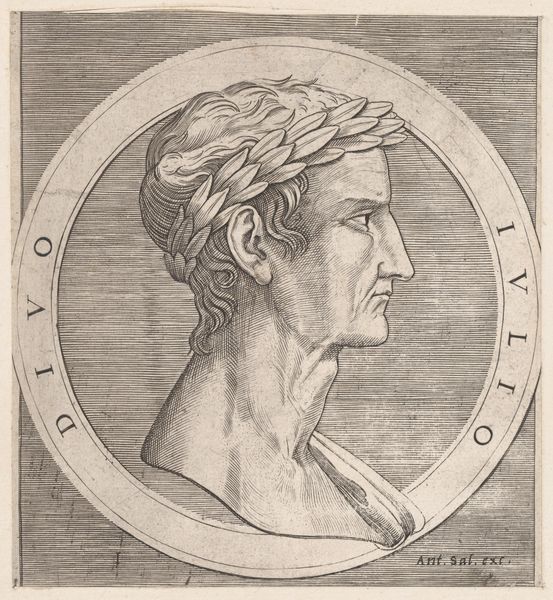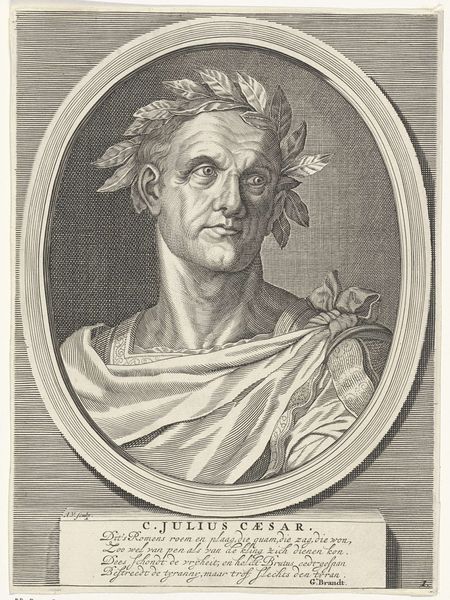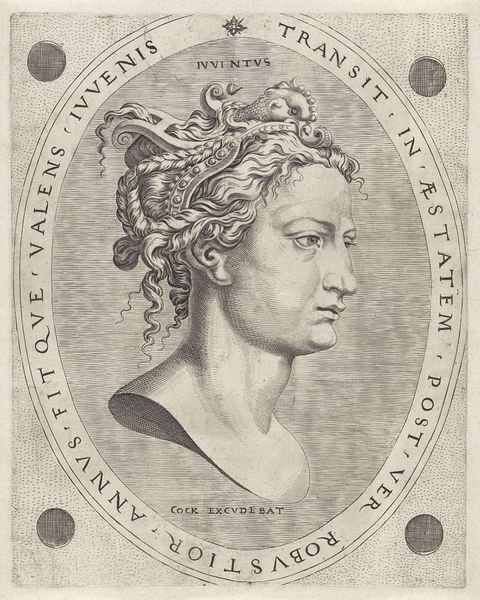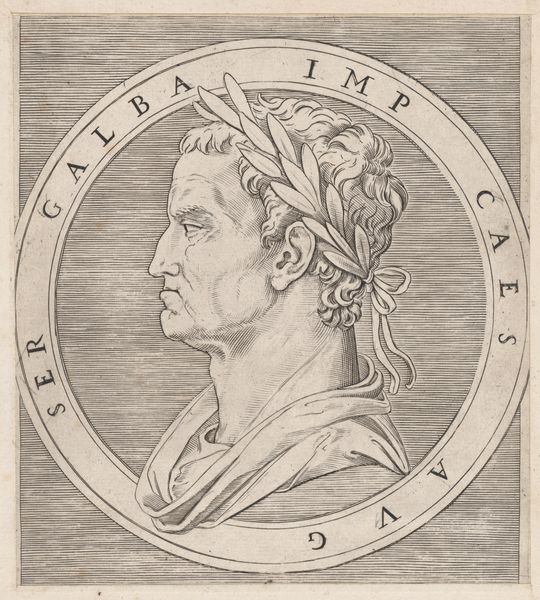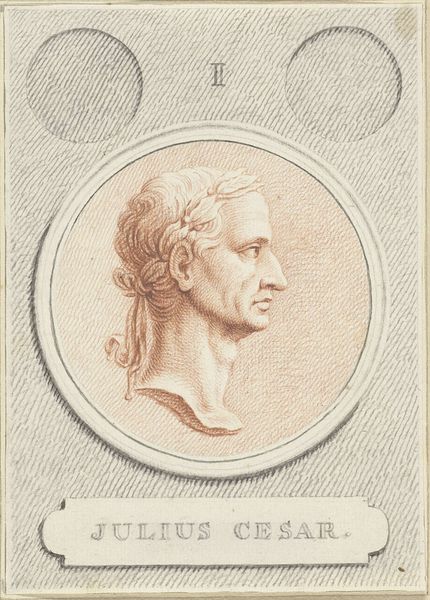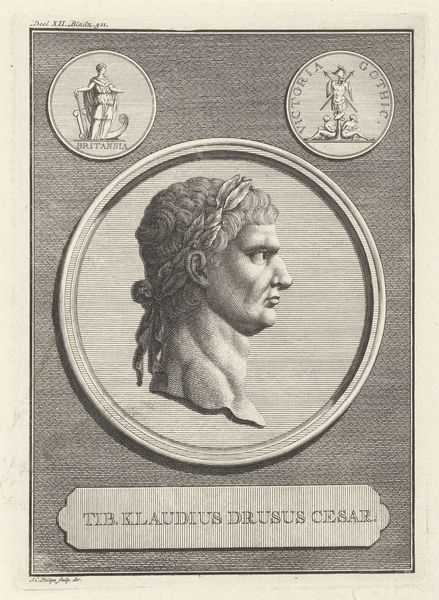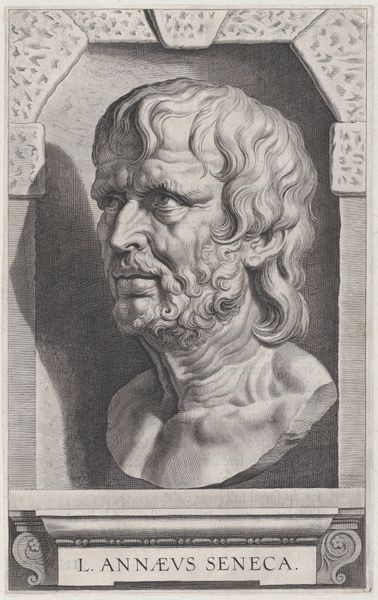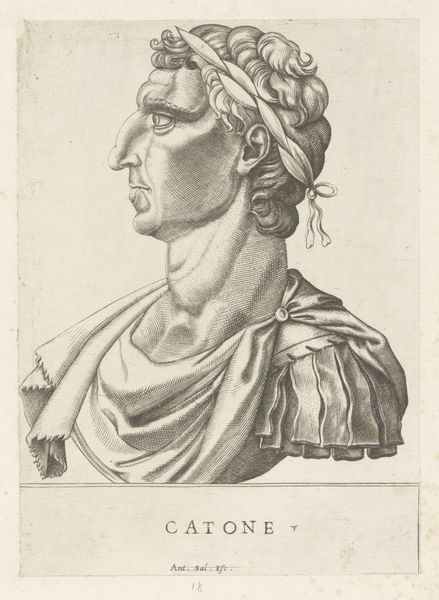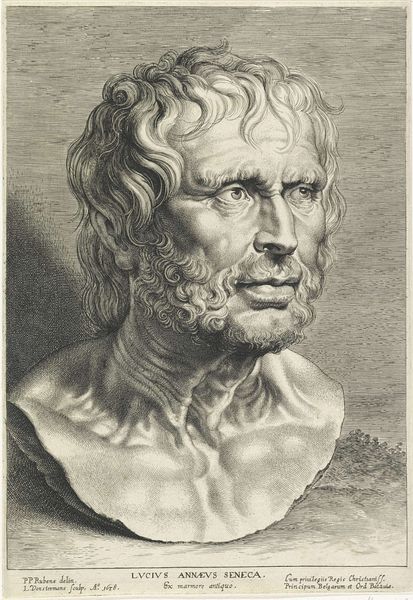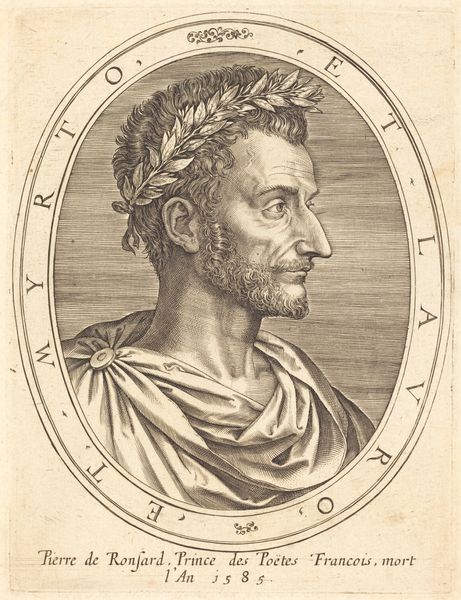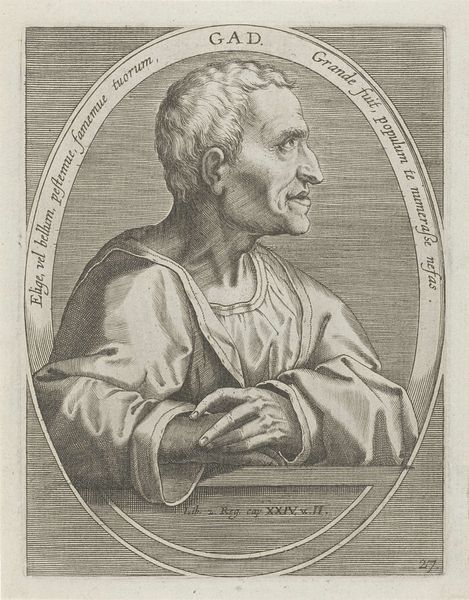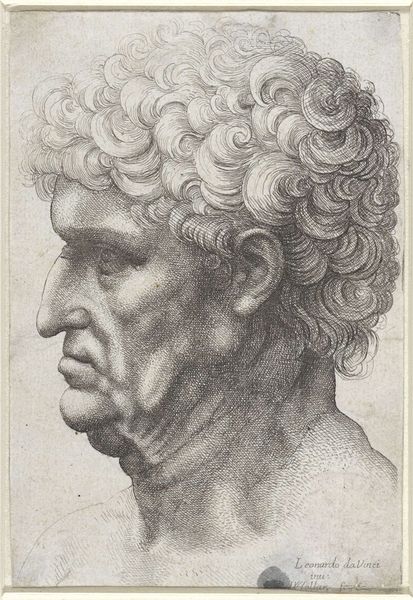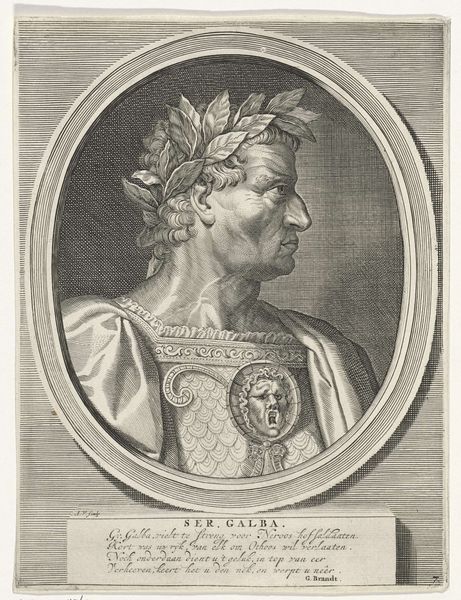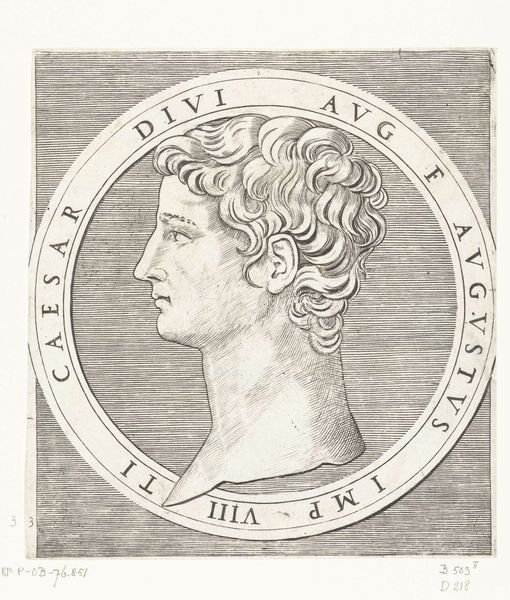
engraving
#
portrait
#
old engraving style
#
caricature
#
11_renaissance
#
line
#
portrait drawing
#
history-painting
#
italian-renaissance
#
engraving
Dimensions: height 246 mm, width 197 mm
Copyright: Rijks Museum: Open Domain
Editor: Here we have "Ouderdom," an engraving from sometime between 1548 and 1570, currently housed in the Rijksmuseum. It looks like a portrait, maybe even a caricature, of an older gentleman, rendered in very fine lines. What strikes me is the… technical skill of creating such detail. What do you see in this piece? Curator: I'm immediately drawn to the labor involved in its creation. Think about the precise control, the intense pressure required to transfer that image onto the metal plate, then to paper. Engraving elevates labor, specifically the artisan's craft, and challenges what we consider “high” art. Editor: So, you're thinking less about the subject, and more about the… making? Curator: Exactly! And even *more* about what that process signifies. What's also fascinating is the question of reproduction and dissemination of information. How did an engraver's workshop operate in that time period? Were these engravings sold individually, in series, or in books? Editor: That's an angle I hadn’t considered! The sheer number of identical images that could be made is kind of mind-blowing given the manual effort involved. What about the social context then? Were these images meant for a broad audience or a more elite clientele? Curator: That’s key. The rise of printmaking meant images could circulate more widely. "Ouderdom" – if it were circulated amongst a merchant class newly interested in portraits – might offer a particular view on aging or status that reflects social values, particularly on the means by which class is demonstrated or aspired to. Editor: This has totally changed my perception. I was initially just looking at it aesthetically, but thinking about it in terms of material and labour gives it so much more weight. Curator: It’s a useful reminder that art is always embedded in a web of social, economic, and material realities. It helps us think differently about value and production.
Comments
No comments
Be the first to comment and join the conversation on the ultimate creative platform.
